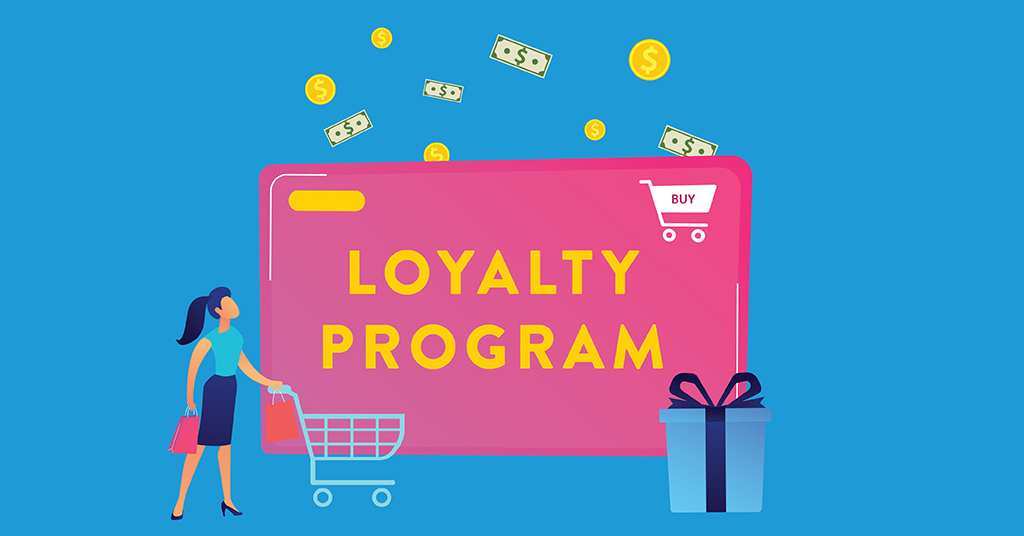In the digital age, loyalty programs have become an integral part of customer retention strategies for businesses worldwide. These programs reward loyal customers with points, discounts, or other benefits, fostering a sense of trust and engagement. However, as their popularity grows, so does the risk of fraud. Digital loyalty program scams are on the rise, targeting unsuspecting users with the allure of rewards and discounts. This article delves into the mechanics of these scams, how to identify them, and practical steps to safeguard yourself.
What Are Digital Loyalty Program Scams?
Digital loyalty program scams involve fraudulent activities where cybercriminals exploit loyalty programs to deceive users into revealing personal information, account credentials, or financial details. These scams can take various forms, including:
- Phishing Emails: Fake emails pretending to be from legitimate companies, urging users to redeem rewards by clicking on malicious links.
- Fake Loyalty Apps: Fraudulent apps that mimic legitimate loyalty program applications to steal sensitive data.
- Impersonation Websites: Clone websites designed to look like genuine company portals, tricking users into logging in or providing personal information.
- Social Media Scams: Posts or messages claiming exclusive offers or bonuses for loyalty program members, often requiring users to provide details or click on unsafe links.
- Account Takeover: Scammers hack into legitimate loyalty accounts to steal accumulated rewards or use them for unauthorized purchases.
How to Spot Digital Loyalty Program Scams
Being vigilant is key to avoiding these scams. Here are some red flags to watch out for:
- Too-Good-To-Be-True Offers: Unusually generous rewards or discounts that seem unrealistic.
- Unverified Sources: Emails or messages from unverified senders claiming to be part of a loyalty program.
- Generic Greetings: Legitimate loyalty programs often personalize their communication. Generic greetings like “Dear Customer” can be a warning sign.
- Suspicious URLs: Links that do not match the official domain of the company.
- Urgency or Pressure: Messages creating a sense of urgency, such as “Redeem now or lose your reward!”
- Poor Grammar and Spelling: Many scam communications contain spelling errors or awkward phrasing.
- Request for Sensitive Information: Requests for account passwords, credit card details, or other sensitive information.
Measures to Protect Yourself From Digital Loyalty Program Scams
To safeguard your personal information and rewards, follow these steps:
1. Verify Communication Sources
- Always check the sender’s email address or the URL of a website.
- Contact the company directly through official channels if you’re unsure.
2. Avoid Clicking on Links
- Hover over links to inspect their destination before clicking.
- Navigate to loyalty programs directly through official websites or apps.
3. Use Strong Passwords
- Create unique passwords for loyalty accounts.
- Change passwords regularly and avoid reusing them across multiple accounts.
4. Enable Multi-Factor Authentication (MFA)
- Use MFA wherever possible for added security.
- This ensures that even if your credentials are compromised, an additional layer of security protects your account.
5. Keep Software Updated
- Ensure your devices and apps are updated to protect against known vulnerabilities.
- Use antivirus software to detect and block malicious activities.
6. Monitor Your Accounts
- Regularly check your loyalty program accounts for unauthorized activity.
- Report any suspicious transactions immediately.
7. Educate Yourself
- Stay informed about common scams and tactics used by cybercriminals.
- Share knowledge with friends and family to increase collective awareness.
What to Do If You’ve Fallen Victim
If you suspect you’ve been scammed, take immediate action:
- Change Your Passwords: Update your login credentials for the affected account.
- Contact the Company: Notify the loyalty program provider about the incident.
- Monitor Financial Transactions: Check your bank accounts and credit cards for any unauthorized activity.
- Report the Scam: File a report with local authorities and online fraud agencies.
- Educate Others: Share your experience to prevent others from falling victim.
Final Thoughts
Digital loyalty programs offer significant benefits to customers, but they’ve also become a target for scammers. By staying vigilant and adopting safe online practices, you can enjoy the perks of these programs without falling prey to fraud. Always remember: if something feels off, it’s better to verify than to regret.
Stay informed, stay secure, and protect your digital presence!














